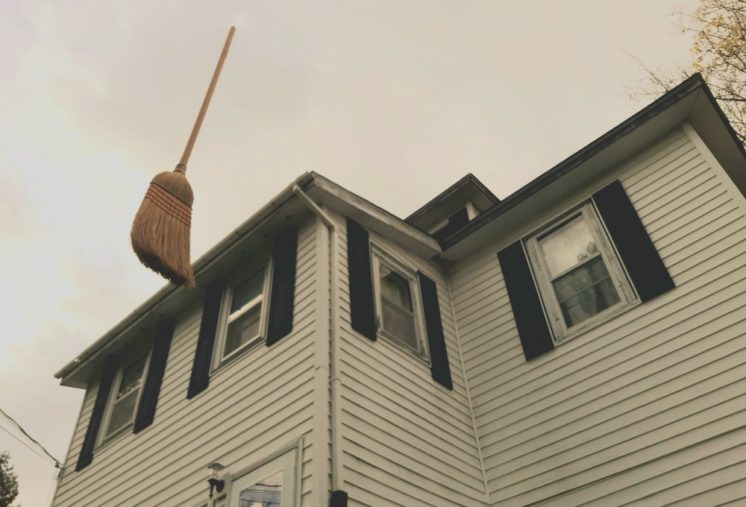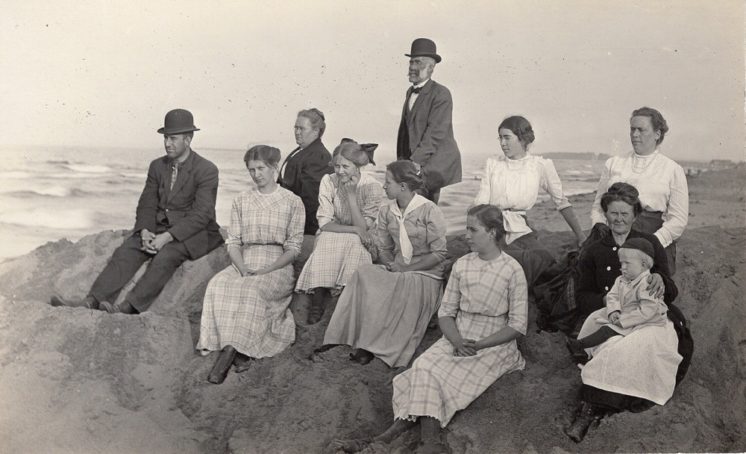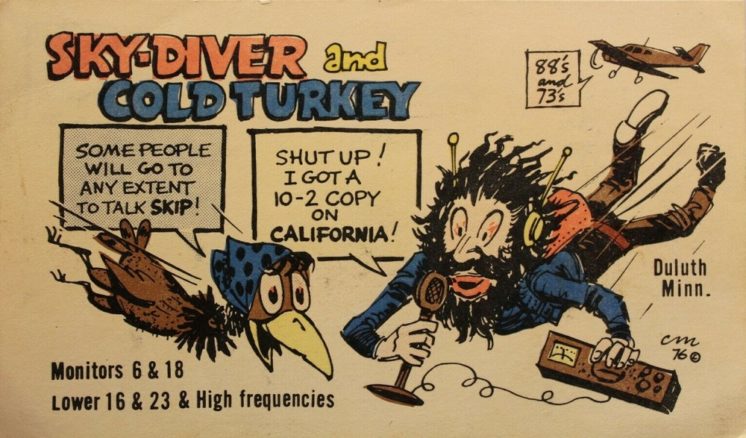
“Bob Dylan got away with murder.” —John Lennon
October 1960. Nineteen-year-old Bob Dylan takes the bus from Minneapolis to Duluth under a cloudless sun. With a head full of songs, he steps off the Greyhound carrying a backpack and two guitar cases. One case has a sticker saying “Ten O’clock Scholar Coffeehouse.” The other has blue words painted on it, “the Tombstone Blues.” A cab drops him at the Kozy, a desolate shithole even then. He rents a room. Placing the backpack and Ten O’clock Scholar on the bed, he leaves with the Tombstone Blues.
Bob walks a few blocks to his childhood home in the faded warmth of dim memories. Then he heads toward the Owls Club. He tries not to look at St. Mary’s Hospital, where he was born, as if he holds a grudge. Entering the club he walks past the bar to the pool room. Cigar smoke fills the air. He is greeted by the Scaletta family: Louie the King, Frankie Mineshaft, Mack the Finger, and Sammy Gaspipe. Several other made men and tough guys haunt the shadows. The King shakes his hand. “Good to see you, Bobby. After this, your debt is paid. But it’s too bad we gotta lose you. Sure we can’t convince you…?” Bob feels the menace of the question but he knows the King respects him — and maybe even fears him a little bit. “No thanks Louie, I got something else in mind for myself.” “Well I tell ya kid, it’s been a pleasure to watch you work.”














